A combination of polymer and calcium carbonate to improve mechanical properties and reduce production costs.
It increases strength, improves thermal stability, and reduces polymer consumption and shrinkage.
Used in packaging, pipes, automotive, profiles, household appliances, wires, and cables.
It helps reduce costs, increase durability, improve performance, and save energy.
Selecting the right proportion, quality control, and process optimization are essential.
An economical and efficient material for enhancing polymers in various industries.
Calcium Carbonate Compound
Calcium carbonate compound is a mixture of calcium carbonate and base polymers such as polyethylene (PE), polypropylene (PP), or polyvinyl chloride (PVC). This compound is used as a filler material in various industries to reduce production costs, improve mechanical properties, and enhance the stability of polymer products.
Features of Calcium Carbonate Compound
-
Increased Hardness and Mechanical Strength
-
Enhances tensile strength, hardness, and stiffness of polymer products.
-
Helps improve resistance to pressure and impact.
-
-
Improved Thermal Properties
-
Increases thermal stability and reduces shrinkage at high temperatures.
-
Acts as a thermal insulator and increases resistance to temperature changes.
-
-
Increased Specific Gravity and Reduced Shrinkage
-
Controls the final product weight and prevents dimensional changes during production.
-
-
Reduced Consumption of Polymer Raw Materials
-
Replaces part of the polymer material, lowering the use of expensive resins.
-
Reduces production costs and increases economic efficiency.
-
-
Improved Surface Properties and Printability
-
Creates a smoother final surface and enhances the quality of printing on plastics.
-
-
Compatibility with Various Manufacturing Processes
-
Performs well in extrusion, injection molding, and blow molding processes.
-
-
Improved Environmental Characteristics
-
In some cases, strengthens biodegradable compounds and reduces environmental impact.
-
Applications of Calcium Carbonate Compound
-
Plastic and Packaging Industry
-
Producing polyethylene bags, packaging films, and disposable plastic products.
-
Improving resistance and reducing production costs of polymer films.
-
-
Pipes and Fittings Industry
-
Increasing hardness and durability of PVC, polyethylene, and polypropylene pipes.
-
Lowering raw material costs and extending product lifespan.
-
-
Automotive Industry
-
Used in internal car parts such as dashboards, door trims, and injection-molded components.
-
Reducing vehicle weight and improving mechanical strength of parts.
-
-
Construction Industry and Door/Window Profiles
-
Enhancing durability of PVC profiles and other building components.
-
Reducing production costs and increasing product longevity.
-
-
Home Appliance Industry
-
Manufacturing durable plastic parts for washing machines, refrigerators, and other electronics.
-
-
Wire and Cable Industry
-
Serving as insulation and filler in wire and cable coatings to improve strength and reduce costs.
-
-
Paper and Cardboard Industry
-
Improving print quality, increasing whiteness, and reducing production costs of paper.
-
-
Paints and Industrial Coatings
-
Enhancing stability and mechanical strength of paints and polymer coatings.
-
Advantages of Using Calcium Carbonate Compound
-
Reduces production costs by replacing some polymer raw materials.
-
Increases durability and longevity of products by improving resistance to pressure, wear, and temperature changes.
-
Enhances thermal stability and mechanical properties of final products.
-
Improves surface quality, producing smoother surfaces and better printability.
-
Lowers environmental impact by reducing reliance on petroleum-based polymers and supporting recycled plastics.
-
Decreases energy consumption in manufacturing by lowering melting temperature and energy use in extrusion and injection molding.
Important Considerations in Selecting and Using Calcium Carbonate Compound
-
Type and percentage of calcium carbonate must match polymer type and final application.
-
Particle size and quality: finer particles (nano calcium carbonate) can significantly improve mechanical and surface properties.
-
Compatibility with base polymer should be ensured.
-
Impact on production process: some compounds reduce processing temperature and require precise adjustments.
-
Environmental and ecological properties: some applications require minimal environmental impact compounds.
-
Quality control and standard testing are necessary before use to verify physical and chemical properties.


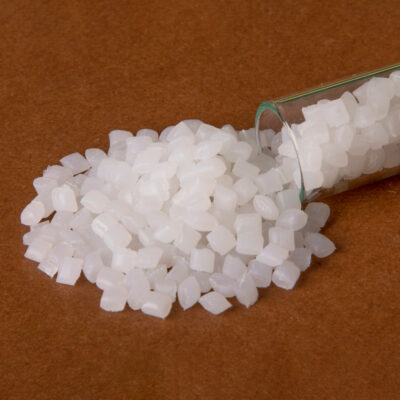
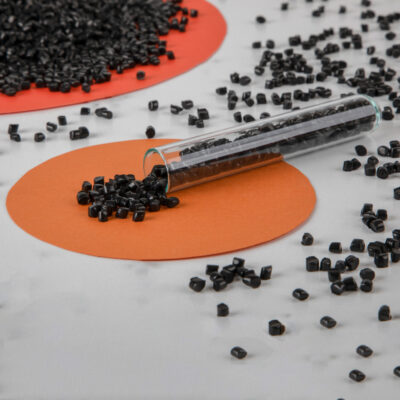
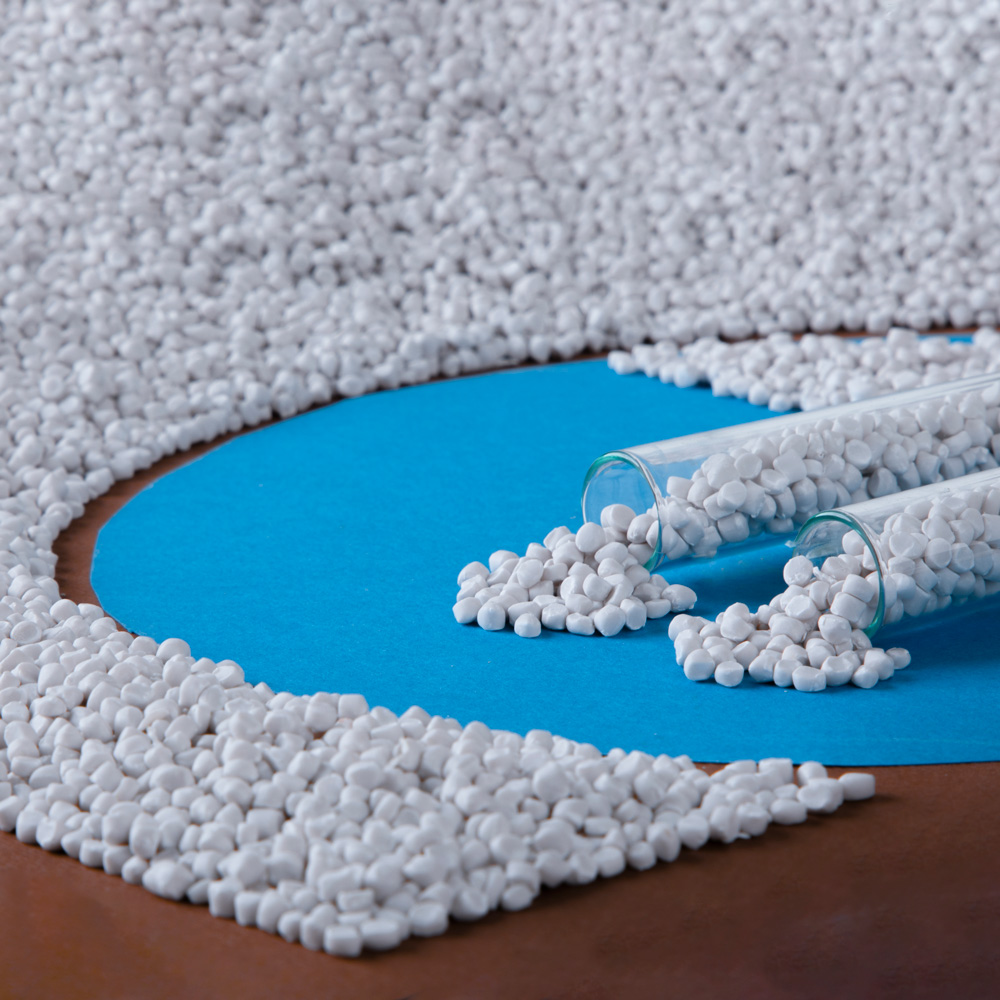
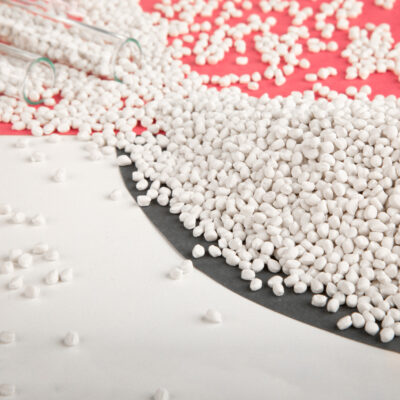
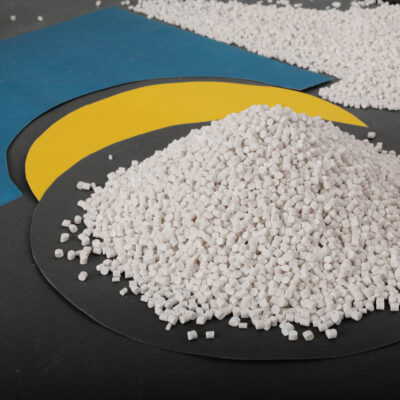
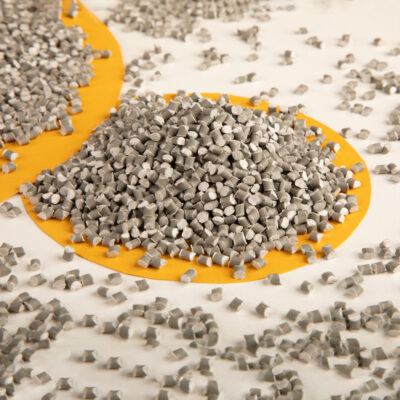
Reviews
There are no reviews yet.